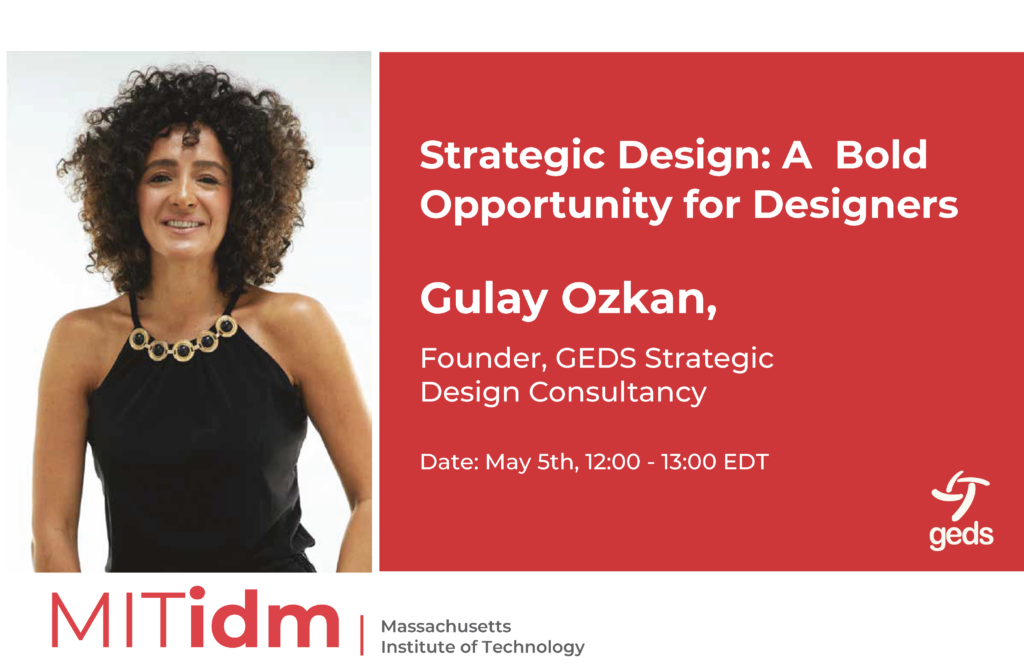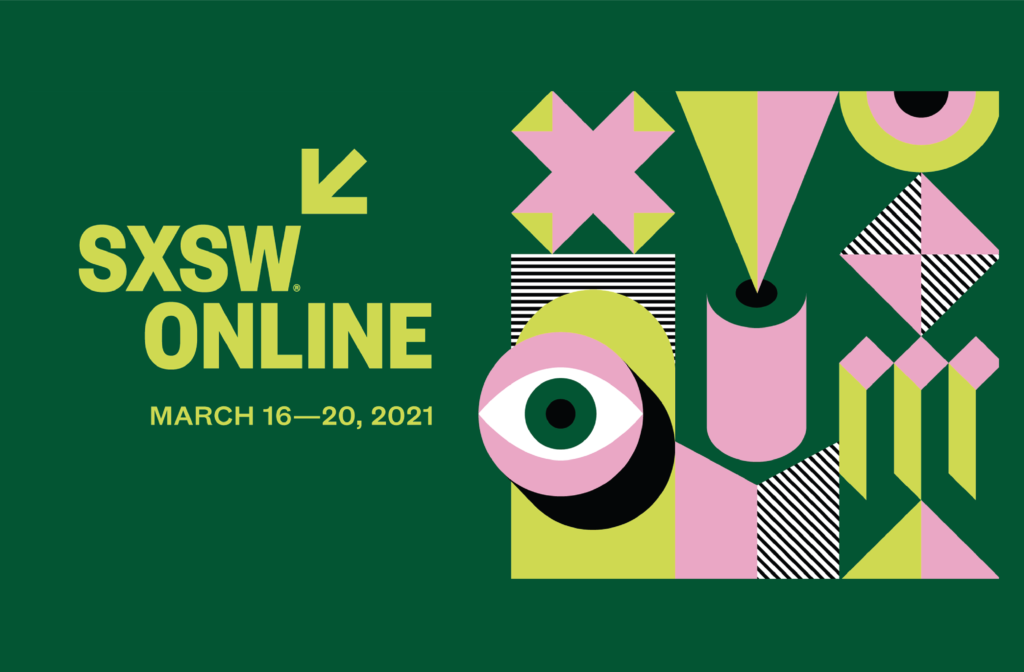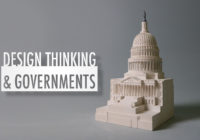Service design is one of those disciplines that we started to come across more frequently than ever. There are certain key inherent concepts that allow us to see the technical distinctions of service design from the product design. One of these concepts is called the backstage/ front stage of a service. Front stage is where the user interacts with the service. This where the end product is displayed for the user. The backstage is where the nitty gritty actions take place that allows the front stage to be operational. We can look at this as the production team of a movie. The audience interacts with the movie by watching but is not aware of the complexity of its production. Without the production team, there would be no movie.
Another key concept— in fact, it may be the key concept, is the actors. A service is enacted by humans and/or digital systems; therefore, the success rate of a service is mostly determined by how, when, and where the actors are utilized. Another element that differentiates service design from product design is the fact that, a service must be designed as a system rather than a singular item. There are two factors that shape, or influence a service. These are called a touchpoint and a channel. A touchpoint is a moment in the experience of service, where the user interacts with. An example of a touchpoint would be the action of subscribing to a mailing service; and the platform, of which this action takes place, is called a channel. In the case of this subscription example, the service is provided via the channel of an e-mail platform.
While a product can be used once and never be needed again, the use of a service is spread over time. In fact, it is viewed as a 4D design by some. This means that the user’s need for the particular service is not over after a single use, and it is repeatedly triggered at some point in their lives. If the user comes back to the same service to fulfill their needs, then we can accept that design a success. This periodical nature of service design is called the cycle. A service is an encompassing experience and must be designed as such, which means that a service must attract the user, engage, and extend to future interactions. A successful service must complete this cycle. An important detail is the fact that a service evolves along with what the users experience. The cycle of a service must enable the user to come back to it multiple times over the course of their lives. People’s needs, desires, and expectations change over time. Thus, a service must be flexible to transformation by its design. This concept is called the life cycle.
We have been using the word “user” freely, but who is “user” exactly? What this concept is called, changes based on the industry. The most common terms are the user, the customer, and the consumer. A customer is someone who purchases a service with some form of currency. A consumer, on the other hand, is someone who consumes that service. In service design actors they take part in its creation, rather than consuming it. Among these terms, the most acceptable and fitting one is the user. The user does not have to either purchase it nor consume it. It simply uses the service. Although we can still find some holes in the applicability of this term, it is the most overarching definition that covers many different actors.
These concepts are fundamental elements of a service, and should always be kept in mind during the design process. We can differentiate a service and a product by identifying these concepts; however, this is not the whole story. In reality, it may be creatively limiting to try to identify these concepts because there is actually no difference between the two. Service design is a discipline that encapsulates the product design, meaning that a service may involve a product in its cycle. If we think of service design as a mysterious box, this box may have a product inside of or not. The box still offers an experience with or without a product inside. While in product design, hence its name, focuses on a product, there is no such focus in service design. This is the story of service and product design.
If you have questions or comments you can contact with us.




